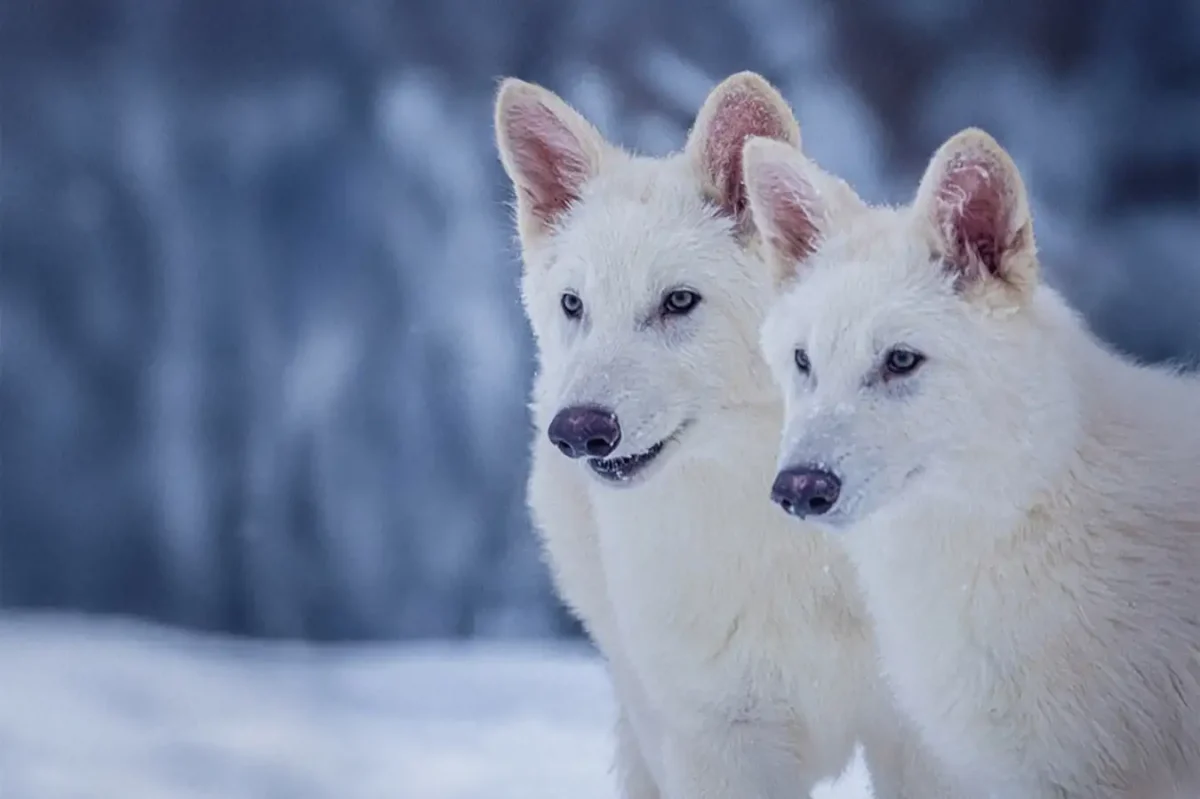Candy, flowers, and heart-shaped notes, what’s not to like about Valentine’s Day? This sweet celebration, which happens every year on February 14, is all about spreading the love. According to the article “Valentine’s Day” by Rose Davidson, featured in National Geographic, the origin of the holiday’s name was from a man named Valentine. While there are a few different stories told about what he did to inspire the holiday, many people believe he’s celebrated for his role as a Roman priest who helped couples secretly get married. Although Valentine did help give a name to this fun holiday, the celebration surrounding this day actually has roots in an ancient pagan festival held in Rome each February. This fun commemoration started centuries before Valentine was even alive, focused on bringing new couples together. In another tradition tied to the Middle Ages, South African women actually would pin the names of their crushes on their shirtsleeves, sometimes revealing themselves as secret admirers to their sweethearts.
A ton of different food is enjoyed on Valentine’s day, as said by Solesoups.com, in an article they wrote, named, “A Feast of Love: The History of Valentine’s Day and Its Culinary Traditions.”
Chocolate is perhaps the most famous food associated with Valentine’s Day. Its history began with the Aztec ruler, Montezuma, who reportedly consumed the bean in large quantities for its aphrodisiac qualities. When chocolate made its way to Europe, these beliefs persisted, and by the Victorian era, giving boxes of chocolates had become a way for potential suitors to express their affection.
Another romantic food comes from the sea. Oysters were believed to be love-inducing first by the Romans, and Casanova, the 18th-century lover, is said to have consumed 50 oysters for breakfast. Modern science has linked their high zinc content to a booster for the production of testosterone. Even with their briny smell, they’re often enjoyed for a Valentine’s dinner.
Some other amorous foods are more obvious. Strawberries have long been a symbol of Venus, the goddess of love, and are fittingly popular on Valentine’s Day given their heart-shaped appearance and sweet, sensuous flavor. Likewise, honey, a symbol of procreation and fertility, has been connected to love for centuries. In fact, the term ‘honeymoon’ is believed to originate from the ancient tradition of couples consuming mead (a drink made of fermented honey) for a month after their wedding to encourage conception. From heart-shaped pancakes for breakfast to elaborate desserts adorned with edible gold, the day is an opportunity to connect through the universal language of food.
So many countries around the world spread the holiday and the message of love in different ways! On Feb. 14 in Japan, they celebrate with a unique tradition where the ladies ask the men to be their valentine by giving them a gift, such as chocolate, to “confess their love.” One activity that both Americans and Mexicans love to do for Valentine’s Day is eat food. Mexicans take El Día del Amor y la Amistad very seriously, taking romantic partners or close friends out to dinner on this special occasion. Some schools in America have a Valentine’s Day dance and send out Valentine’s Day cards to their friends or their loved ones. Another common tradition is giving flowers to your loved ones.
Whether you live in Mexico, Japan, America, or somewhere else, it’s a fun tradition to celebrate with an exciting atmosphere by adorning gifts with hearts and the colors red and pink to show you care.







